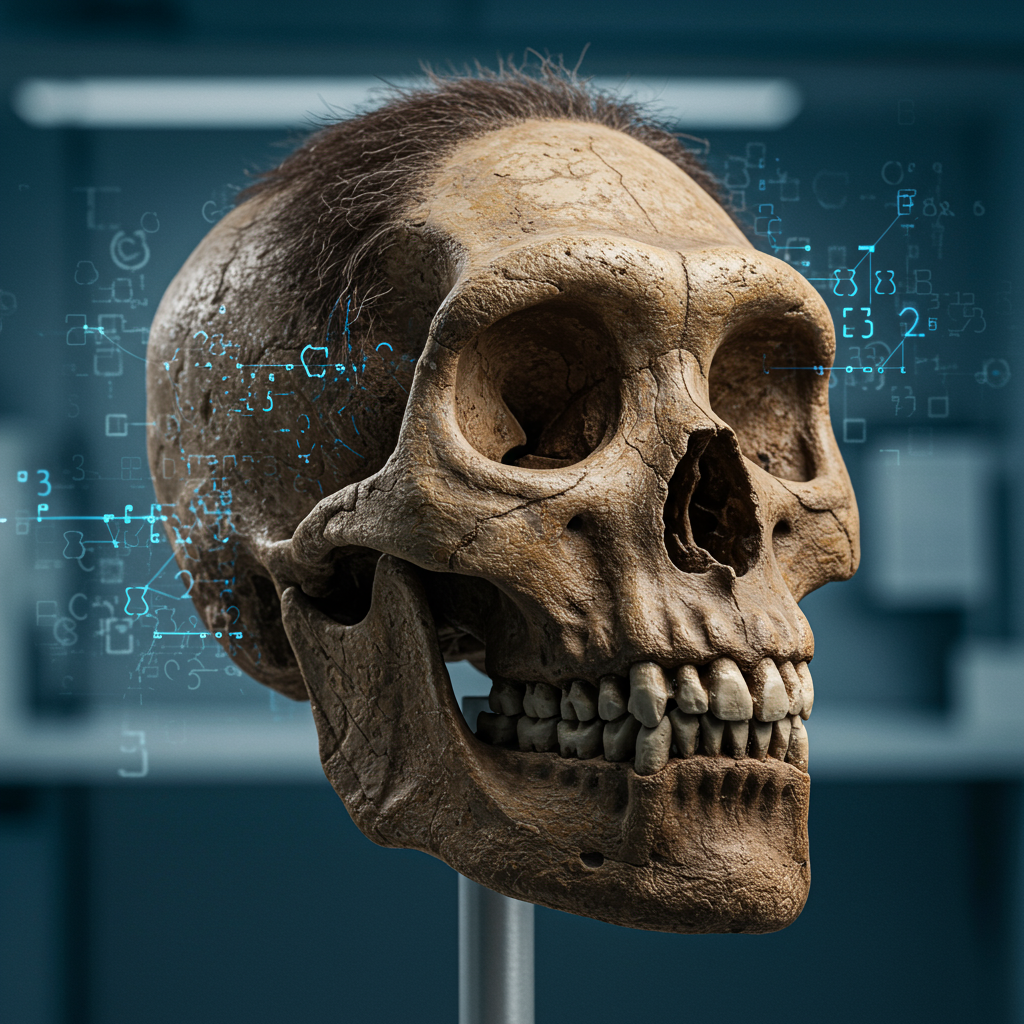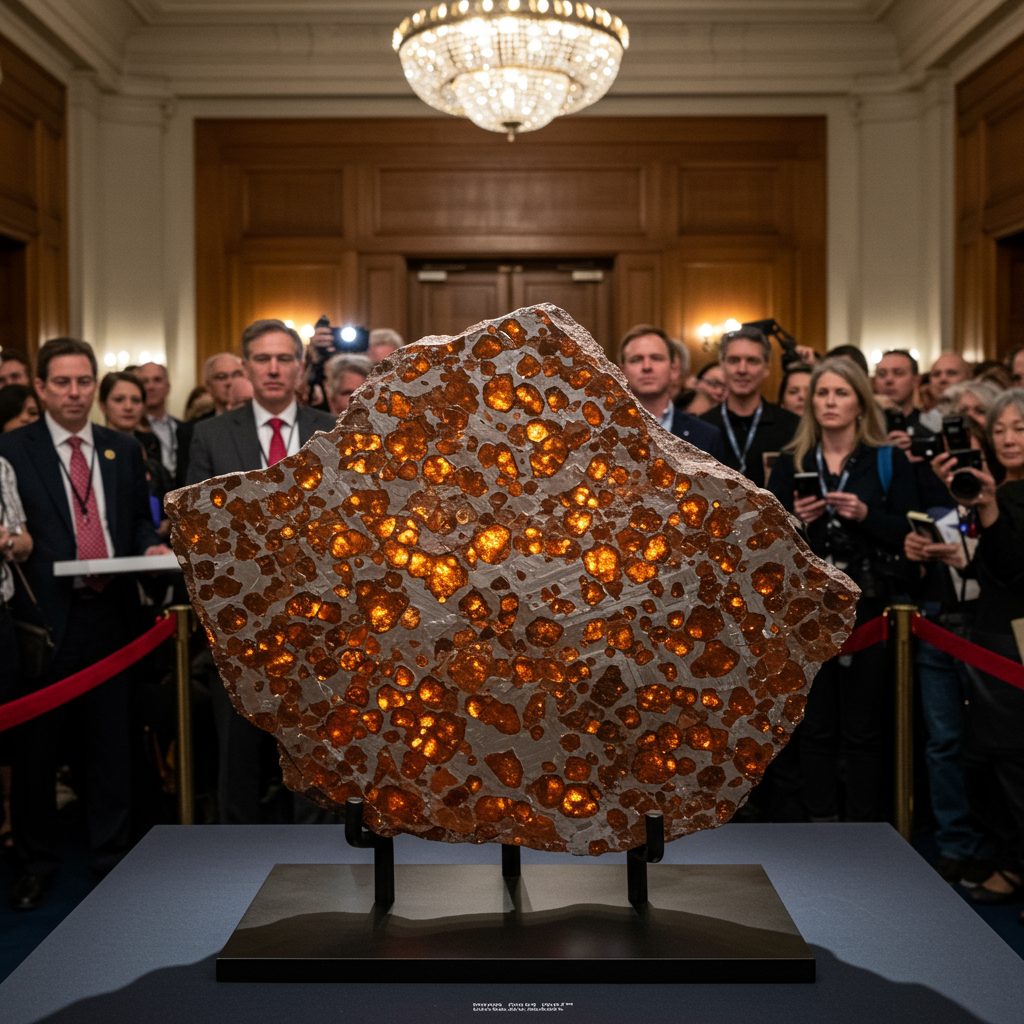Solving a Century-Old Mystery: China’s ‘Dragon Man’ Identified as a Denisovan
For nearly 100 years, a massive, ancient human skull discovered in northern China held the key to a puzzling chapter in human evolution. Now, cutting-edge DNA analysis has finally unlocked its identity, confirming that the fossil nicknamed “Dragon Man” is, in fact, a Denisovan – a mysterious group of extinct human relatives previously known only from fragmented remains and genetic traces.
This groundbreaking identification resolves a long-standing debate in paleoanthropology and provides the first complete physical blueprint of a Denisovan individual, offering unprecedented insights into their appearance and place in the human family tree.
The Journey of the Mysterious Skull
The story of the Harbin skull began in 1933 when a laborer found it in Harbin City, Heilongjiang province. To protect it, he hid it in a well, where it remained concealed for decades. In 2018, his family rediscovered the fossil and donated it to scientists.
Experts were immediately struck by the skull’s size and unique features – a long, low braincase, a massive brow ridge, a broad nose, and large eye sockets. Its distinctive morphology led some researchers in 2021 to propose it represented a new species, Homo longi, or “Dragon Man,” named after the province. However, without a complete Denisovan skull for comparison, the true identity remained uncertain.
DNA Breakthrough: Unlocking the Past from Tooth Plaque
The definitive answer came through pioneering genetic analysis. Traditional attempts to extract ancient DNA from the skull’s bone proved challenging. The breakthrough involved an unusual but highly effective technique: recovering genetic material and proteins not from bone, but from hardened dental calculus (tooth plaque) scraped from one of the fossil’s teeth, as well as analyzing proteins from an inner ear bone.
Professor Qiaomei Fu of the Institute of Paleontology and Palaeoanthropology in Beijing, who led the research, highlighted the success of this method, noting that the human DNA from the Harbin specimen was better preserved in the dental calculus than in denser bone areas. This opens promising new avenues for studying ancient DNA from difficult-to-analyze fossils.
Confirming the Denisovan Connection
The analysis of both mitochondrial DNA (mtDNA) and proteins (proteome) from the Harbin skull provided compelling evidence. The mtDNA showed a clear relationship to an early Denisovan group previously found in Siberia. The protein analysis further solidified the link, demonstrating a unique profile most similar to known Denisovan remains when compared to modern humans, Neanderthals, and other ancient hominins.
This confirmation is hugely significant because, until now, Denisovans were primarily known from tiny bone fragments found in Siberia’s Denisova Cave and from their genetic legacy found in the DNA of modern populations across Asia and Oceania. The Harbin skull is the first complete cranium of this elusive group ever discovered.
What ‘Dragon Man’ Tells Us About Denisovans
The identification of the Harbin skull provides crucial visual information about the physical appearance of Denisovans. The skull is large, featuring strong, low brow ridges – traits also seen to varying degrees in both Neanderthals and early modern humans. This fossil finally puts a face, or at least a skull shape, to the Denisovans.
Furthermore, this finding, coupled with the recent identification of an ancient jawbone dredged off the coast of Taiwan (Penghu 1) as Denisovan using similar protein analysis techniques, supports the idea that Denisovans were not confined to the cold caves of Siberia but inhabited a vast geographic range across Asia, adapting to diverse environments from temperate to subtropical regions.
Implications for Understanding Human Evolution
The identification of the Harbin skull as Denisovan is a major step in clarifying the complex picture of human evolution, particularly during the Middle Pleistocene epoch (roughly 789,000 to 126,000 years ago), often called the “muddle in the middle.” This period saw multiple human groups, including Homo sapiens, Neanderthals, and Denisovans, coexisting and interacting across Eurasia.
Having the first complete Denisovan skull provides paleoanthropologists with a vital reference point. It makes it easier to compare other fragmented or enigmatic fossils found across Asia and potentially identify more Denisovan remains. While the debate over the formal species name Homo longi may continue for some, the consensus is growing that the Harbin skull represents the most complete Denisovan fossil yet found.
This discovery underscores the power of advanced molecular techniques like DNA and protein analysis in revealing the hidden connections of our ancient ancestors and painting a clearer picture of the diverse human landscape that once existed across the globe.




